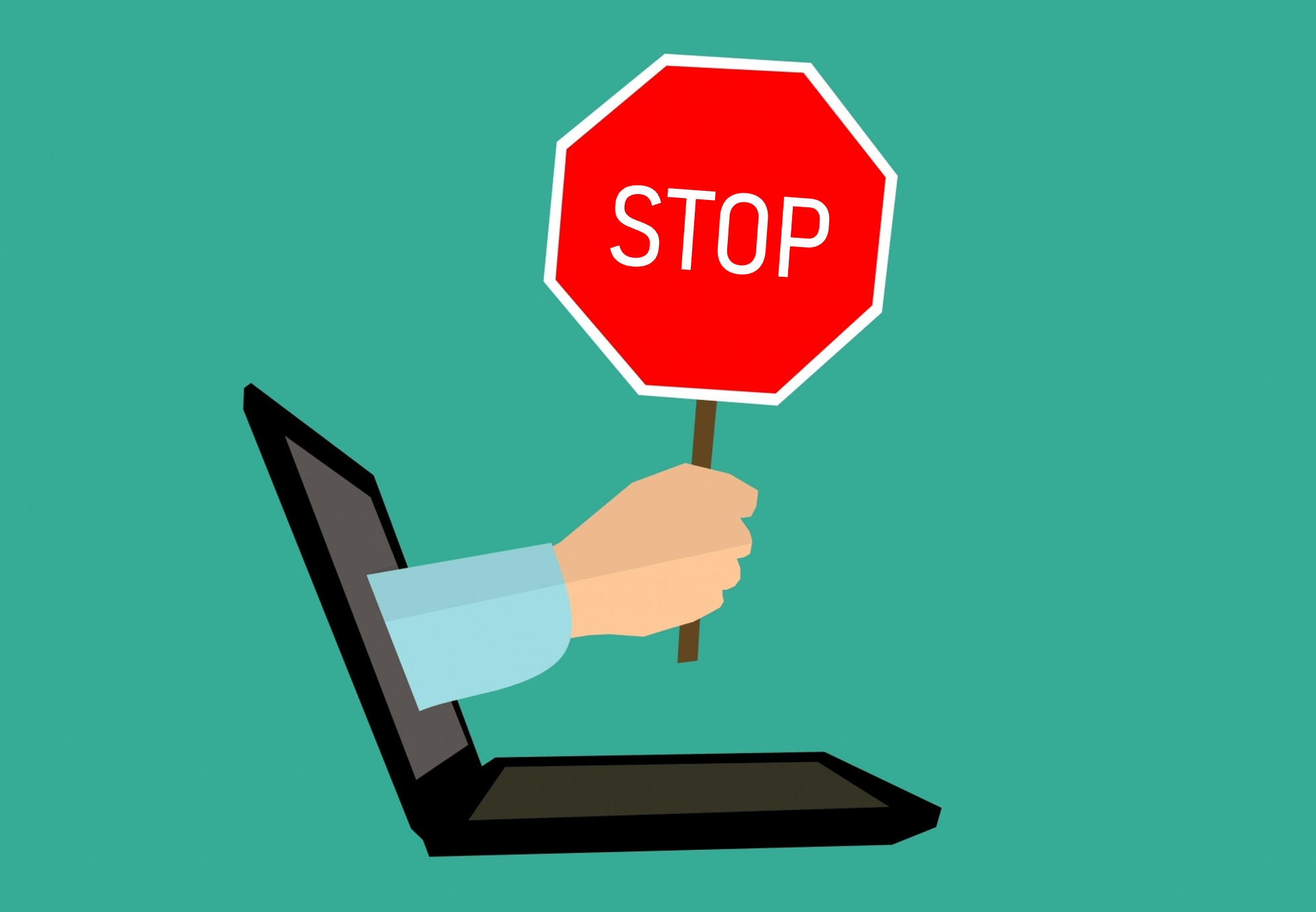Everyone in tech loves to talk about setting ambitious goals. Walk down the hall of any tech company and you’re bound to see a poster encouraging you to think big.
- “If you’re always hitting your goals, you’re not challenging yourself!”
- “You can’t grow if you always stay in your comfort zone!”
- “Always be pushing your limits! Leaders take risks!”
I’m here to tell you the complete opposite.
I recently spoke with a woman who had been with a large tech company for the past nine years. I asked her to tell me the most important thing she had learned in that time. “No one is going to tell you when to stop,” she said. “You can stay here as long as you want. You can give 150%. They’ll take it. You have to be the one to set boundaries.”
Unlike a lot of industries, most tech companies don’t have traditional work hours. Come in late, stay late, no one cares. Add to this mix a bunch of overachievers, performance systems designed to motivate employees to give their all, all the caffeine you can drink, and the freedom to take on as much work as you can handle – it’s a perfect storm for spending all your free hours at the office.
My solution? Set some achievable, realistic, boring, comfortable goals for yourself. And when you accomplish them, go home.
I call these boring, unremarkable, achievable goals, “Stop Sign Goals”. The point of these goals is to give you a stop sign – one that says “You hit the end of work today! Go home!” Like any time-management technique, Stop Sign Goals take some time to get used to. But with a little practice (and a lot of persistence), Stop Sign Goals can help you get home earlier, feeling more accomplished than ever.

Setting Stop Sign Goals
1. Make a List – At the beginning of each day, think about what you want to accomplish before you leave. Make a list of the top things that you want to get done. Then prioritize that list. Try to think about the minimum set of things that you could get done today and feel good about. Look at your list. If you’re like me, you probably still have too much on that list. Prioritize again. What do you have to get done today to still feel on track? Highlight those in red. These are now your stop sign goals. If you accomplish this set of things today, you can go home feeling good.
2. Check back frequently – As the day goes on, keep looking back at your list. Are you working on things outside of your Stop Sign Goals? Stop. Go back to your list. Finish your Stop Sign items before moving on to anything else. If you absolutely must get something done that wasn’t on your list, take something off your list that doesn’t have to be done today. Then add this new critical item in its place.
3. Reassess at the end of the day – If you’re still feverishly working at the end of the day, take a look back at your list again. Did you meet your Stop Sign Goals? If ‘Yes’ – go home. You’re done. If ‘No’ – assess whether you can realistically finish your list by the end of the day. If you can’t, reflect back on why you didn’t have time to get to all of them. Are you in too many meetings? Did you get distracted by emails? Were you unrealistic about how long the items would take? Take those learnings into the next day and build a more effective plan for how to achieve your Stop Sign Goals in the future. Finish the things that have to get done today, and carry the rest over into tomorrow.
4. Reward yourself for finishing – If you finish your Stop Sign Goals well before the end of the day, good for you! Use the rest of the day to catch up on projects that you haven’t had time to prioritize. Maybe you’ve been putting off some personal growth time. Maybe you have a passion project you can never find time for. Maybe there is some busy work that’s been nagging at you (for me, expense reports) that you never think to do during the day. Maybe you could just use a mental health break by taking a walk around the block. Whatever it is, use your hard earned “free” time to complete these tasks. There will be plenty more Stop Sign tasks tomorrow.
Genevieve Conley Gambill is a UX Researcher and strategist on a mission to make tech better for all.
Photo by Anwaar Ali on Unsplash



